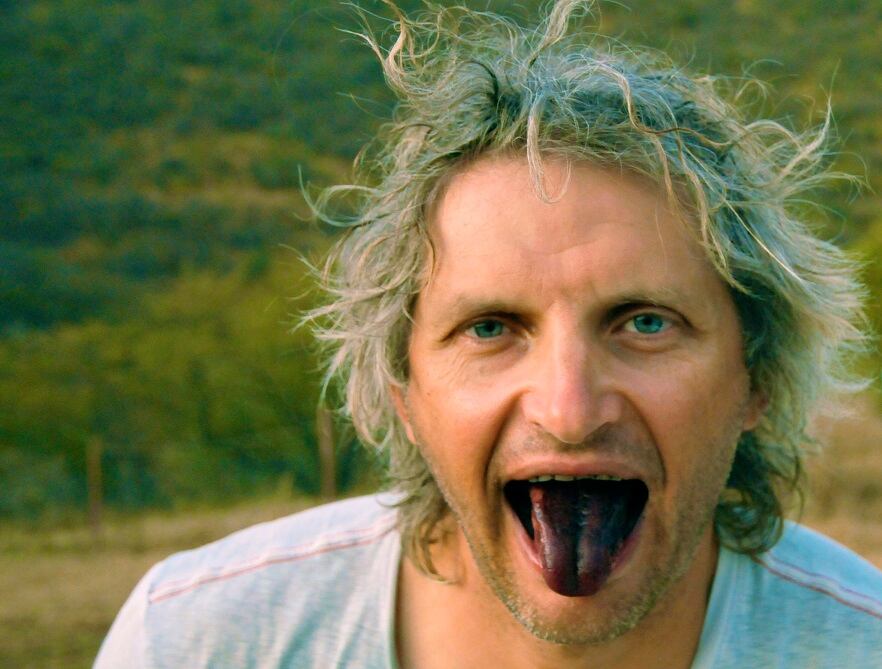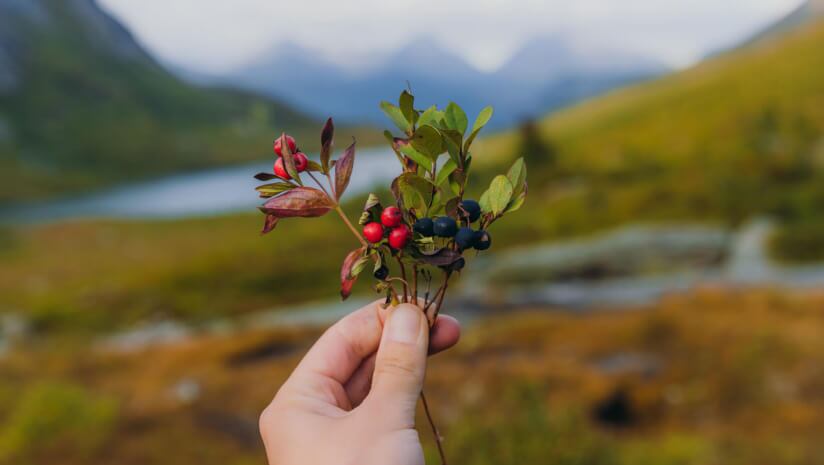Joseph Simcox has dedicated his life to traveling the world in search of plants with commercial potential and is regularly asked to share his knowledge with a broad range of companies, from Naturex and Givaudan to PepsiCo.
Consumer demand for natural products in on the rise, and there are many natural products out there that can be developed for food and nutraceutical applications, but the key is having some practical knowledge of what you’re looking for.
Putting the situation in perspective, Simcox, the Botanical Explorer, told us that there are 300,000 species of plants on our planet, with about 30,000 deemed to be useful for food purposes. Of these, about 7,000 species have been documented in the archives as having been used for food, and about 3,000 are used on a happenstance basis in different cultures around the world. Despite such big numbers, between 85% and 95% of the calories consumed in the world come from 12 different plants.
“We eat only 12 plants, and we think it’s sufficient to sustain us,” Simcox’s colleague Irina Stoenescu, an international food plant historian and researcher, noted.
“We have a need for a greater diversity of foods, but the problem is to retrain a company about diversity; it means more time, more research, and more expense. This diversity is a very popular view in academic circles, but it’s difficult to justify from a commercial standpoint.”
Simcox is excited by the “totally new science that is developing around phytonutrients” and the “broad spectrum of how these affect human life.”
Ethics
Exploring and identifying natural products that can be used as nutraceuticals, or natural flavors, sweeteners or colors, is only part of the issue.
“I emphasize to companies that I would like to see natural cultivation,” Simcox said. “I don’t want to see molecules being taken into a lab and synthesized. I want to see plantations established.”
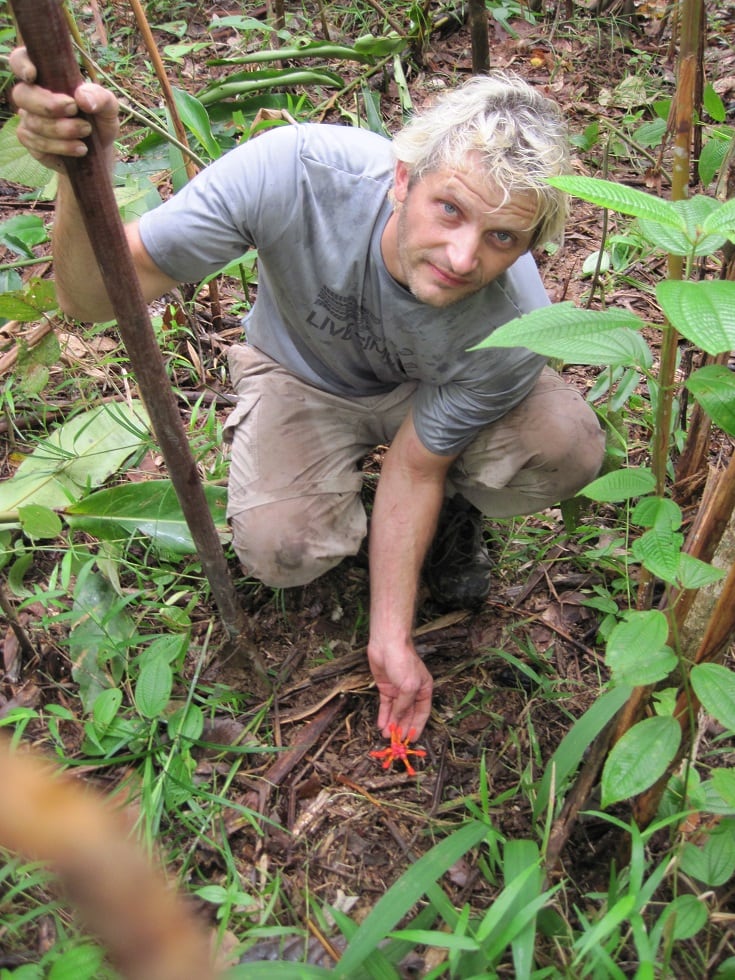
Companies have contacted the pair seeking natural ingredients—not to produce them naturally, however, but create synthetic versions.
Simcox admits he has told companies that he will not do this: “I told them I would not bring them indigenous knowledge and put a new natural sweetener on the table, for example, only for them to take that and synthesize it in a laboratory. Both Irina and I realized the drawbacks of being such puritans in our post, but I really want to advance ecological agriculture.
“We’ve taken note of how our work can facilitate profits at the corporate level and a better life for people who are the suppliers of those raw materials, and it’s something that has to be an ethical position.”
Patenting natural products is another topic that is ethically troublesome for Simcox, but he heralded the decision by Naturex several years ago to donate the patent on maca (Lepidium meyenii) back to the indigenous people (the French company had inherited the patent during one of its many acquisitions).
The next big thing
When asked what plants are on the horizon in terms of offering new ingredients with significant health benefits, Simcox said he would like “to see a few things hit the fan.”
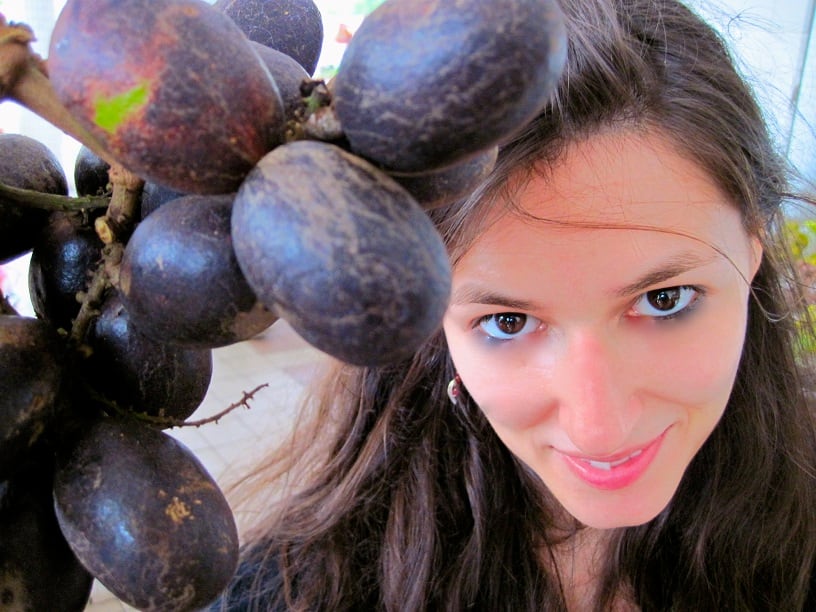
Among the plants with potential, Simcox noted that yacón leaves are known to have anti-diabetic properties.
“This is a plant that is going to explode in production in the United States,” he said.
Stoenescu added that she saw a couple of companies at the Natural Products Expo West show in Anaheim with products using yacón leaves.
Cyclanthera pedata is another with blood sugar balancing properties.
“This can be grown by farmers easily and even in the United States,” Simcox said, with Stoenescu noting research on this plants is already underway in Italy.
“Another extremely interesting area of innovation is with vegetable mucilage,” Simcox said.
These are polysaccharides that form ochre, for instance, and he has seen extraordinary interest in this secondary material that would normally go to waste.
Simcox added that not only does he expect a lot more interest in waste management but that because of modern busy lifestyles, he thinks that composite drinks—super shakes packed with the fiber and phytonutrients—are going to be a wave of the future.
‘Retrovation’
“Innovation projects to come up with an ingredient that is ‘exotic’ can take years and years and cost millions of dollars,” Stoenescu said. “Of course there are great ingredients that could come from plant X in the forests of Malaysia, but I think it’s prohibitive realistically. There is much more value in looking at the archives and looking at plants that have been abandoned.”
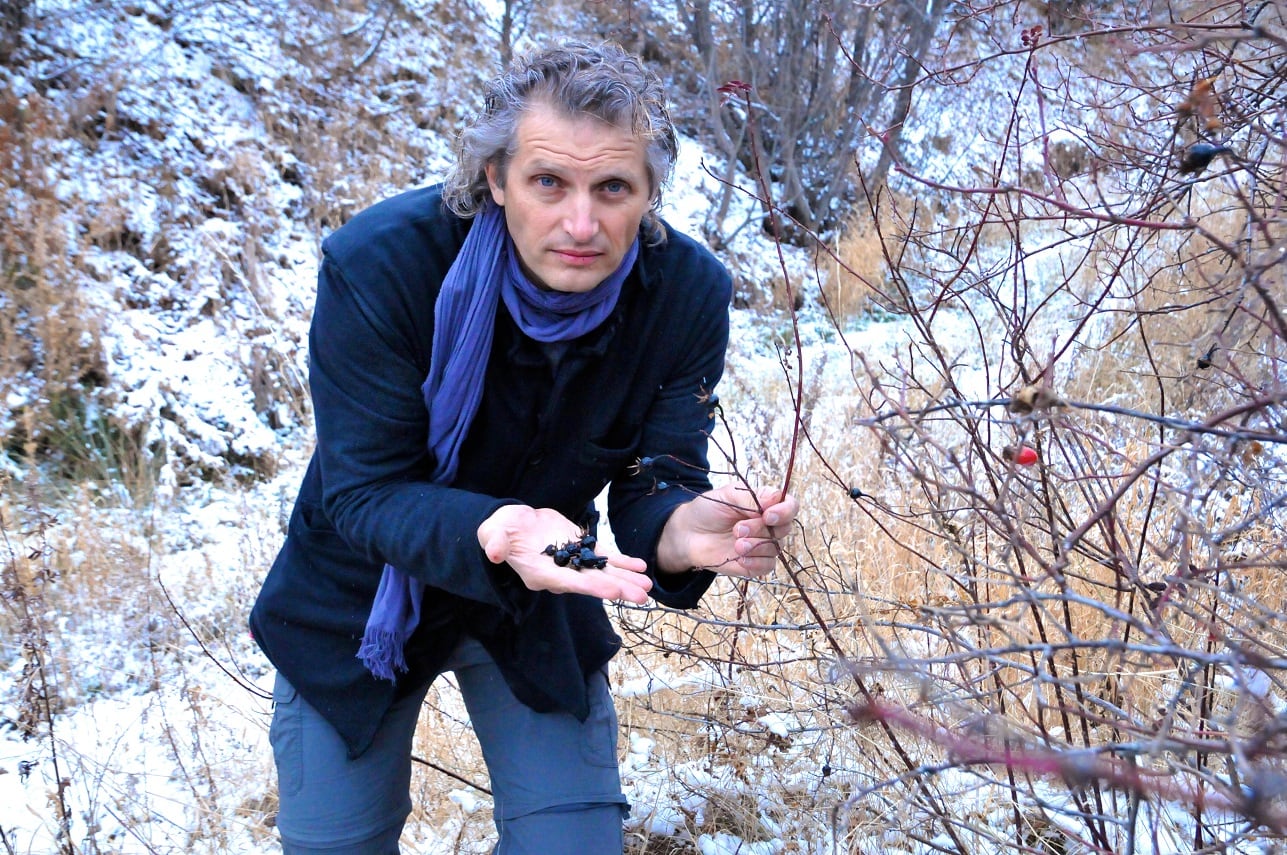
One such plant is aronia, the native American plant that is being produced more in Eastern Europe.
“We think there will be wave of aronia products,” Simcox said. “It is understood and touted as a real super fruit."
“PepsiCo love the idea of delving into our own backyard,” he added. ”Improving their health portfolio is a public statement from PepsiCo."
“All big companies are trying to increase their healthy product portfolio, and this applies to PepsiCo, Coca-Cola and McDonald’s,” Stoenescu said. “We are going to see a massive change and a return to natural products.”
But with all this talk of natural products and super foods, is there a chance that consumers are becoming desensitized by all the hype?
“There is sensationalism in promoting products, with many being promoted as a panacea, but natural is definitely on the rise,” Stoenescu said. “I don’t believe the consumer is saturated.”
Gac
One of the Botanical Explorer’s projects was to establish a plantation of gac fruit, an undertaking that required not only knowledge of the best cultivars but also historical and anthropological knowledge because of its extensive cultivation range.
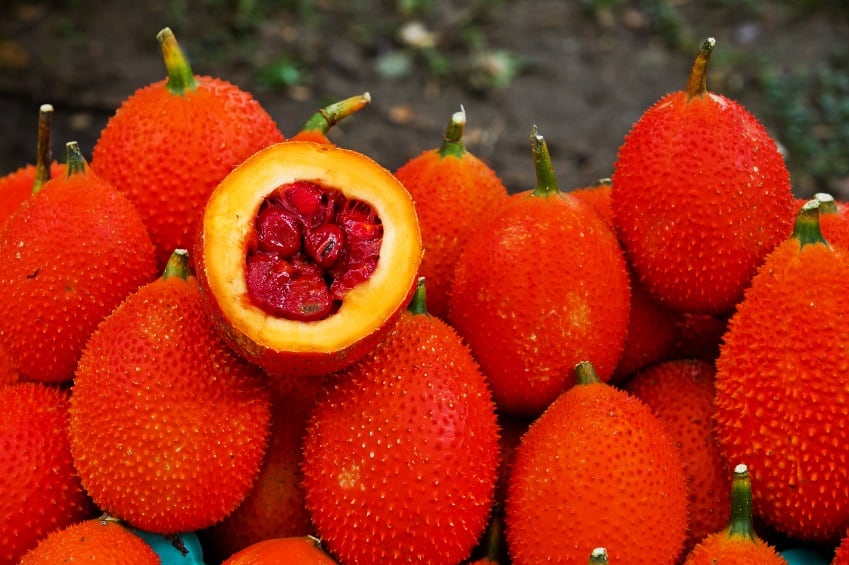
Gac is an emerging ingredient in the supplements and functional food realm, with several companies launching gac-based ingredients in recent years. The extracts are a rich source of cartenoids—lycopene and beta-carotene in particular—and also offer important cultural lessons.
Traditionally, gac was used in Asia to color rice, but prices for synthetic colors led to a switching out of gac for the less expensive synthetic reds. The result was an increase in vitamin A deficiency, Simcox said.
“By going back to the traditional food, which is rice using gac fruit as a colorant, and not using the artificial color, the vitamin A issue was solved,” Simcox explained. “There is no need for Golden Rice or other GM solutions.”
Knowing what to look for
With all this knowledge and so many expeditions under his belt, it’s surprising that Simcox has no formal training with plants.
“Plants were second nature to me,” he said. “The study of them has been an obsession. I’m a generalist, and there is noone out who could have given me the training I have.”
The commercial career started approximately 14 years ago, and some of his first expeditions were in the nursery industry, being sent out to collect desert plants.
Stoenescu said that she does not provide companies with any material, only information, but her information is privileged because she also provides strategy.
“There are a lot of different companies giving food documentation to the industry, but Irina is different, because she does off-line research,” Simcox added. “You could find her going through manuscripts from 1680 in archives in Barcelona.”
“There are a lot of natural products out there that can be found with some practical knowledge of what you’re looking for,” Stoenescu said. The key phrase is, ‘knowing what to look for’.
“You can have a book about brain surgery, but that doesn’t make you a brain surgeon,” Simcox said.
The Simcox-Stoenescu team is about bringing novelty to the market, they say, and their fields are complementary— Simcox and Stoenescu work together on many projects, while they also work separately on projects depending on the demands.
“Going to these countries and looking for these plants is part of the adventure,” Simcox said.
“I’m not a field explorer,” Stoenescu noted. “I explore libraries and archives.”
